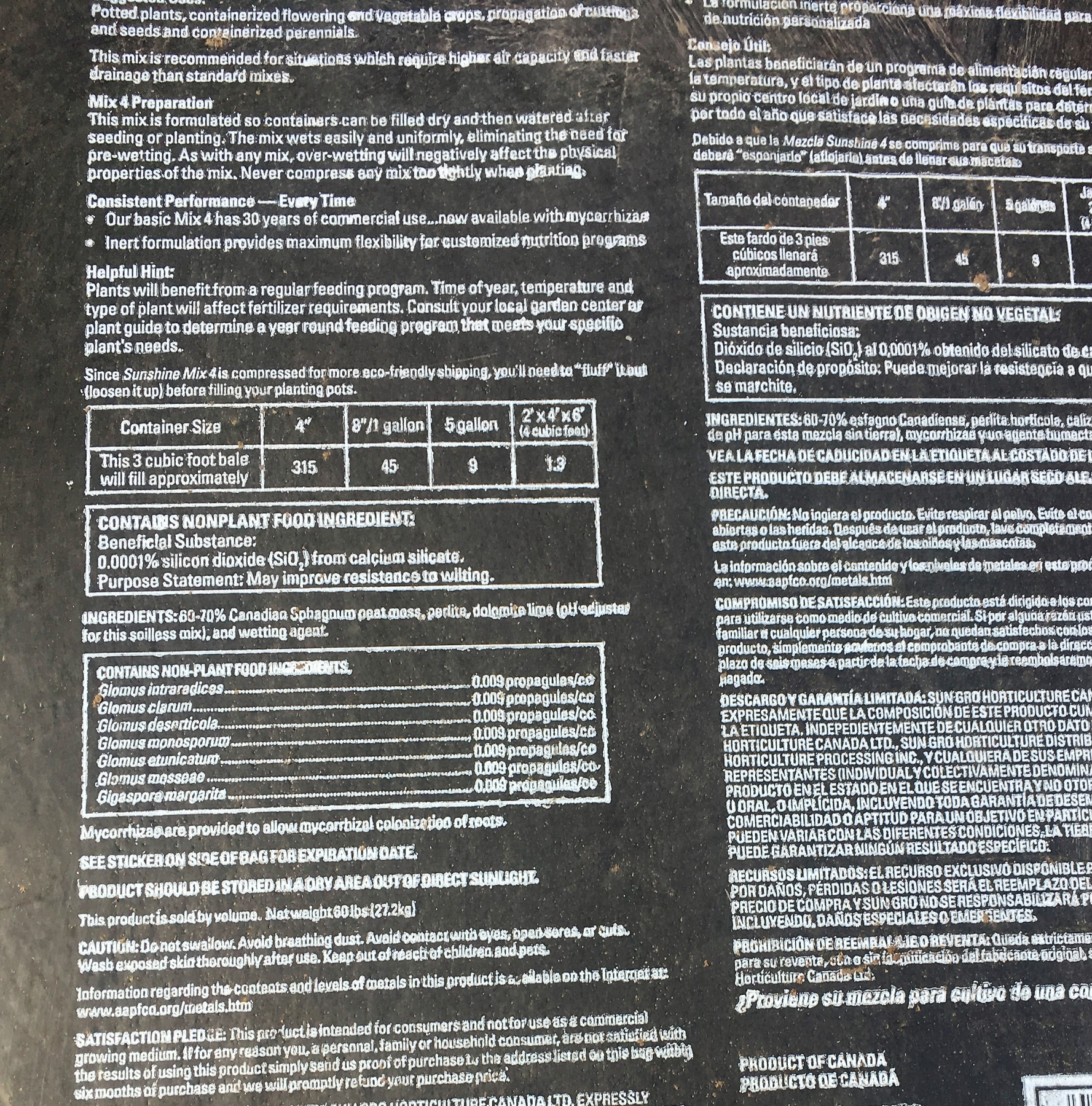
A plant’s performance is often tied to the quality of the soil it’s growing in. According to Elizabeth Murphy, soil scientist, gardener, and author of Building Soil—A Down to Earth Approach, certain steps can be taken to modify garden soil. But what about purchased potting mixes that are the mainstay of containers, raised beds, and, of course, greenhouse gardening?
I’ve got two questions for Ea, as she’s known on her website, Dirt Secrets. First, I want to figure out how I can judge a good potting mix. And second, while commercial nurseries don’t recycle their mixes for fear of disease transmission, if I want to reuse mine, what can I do? Here’s Ea’s advice.
Q: What should a customer look for when comparing container soils?
A: The quality of bagged (and bulk) potting mixes varies quite a bit, and it’s a big disappointment when plants don’t thrive. Here are three primary ways to evaluate a mix:
- Read the label. A good mix should tell you where its ingredients came from. Products that don’t are automatically more suspect. Some ingredients to avoid include non-sustainable peat moss mined from carbon-rich bogs, gel polymers, and chemical fertilizers/pesticides. Another quick tip: If a bagged product is sold as “potting soil,” as opposed to “potting mix,” then it contains more heavy native soil components. Stick with potting mix.
- Feel the weight of the bag. While a little bit of that heavier, native soil can be great in your own DIY mixture, if commercial potting products are bulked up with native soil, they’re usually poorer quality. Though they may be cheaper, they lack enough of the fluffy organic components that hold nutrients and water.

Elizabeth Murphy suggests reading the fine print on bag mixes. - Touch, look, smell. Like anything about soil, the best indicator is sensory. If you can, open the bag to see how it looks, feels, and smells. Does it have the dark black look, the deep rich smell, and fluffy feel of organic matter? Does it have a relatively uniform texture? Or can you see chunks of bark, other undecomposed material, heavy sand, or a mineral component? None of these is desirable.
Q: What are the steps for recycling mixes?
A: As organic matter decomposes, nutrients are released and need to be replaced. Add an all-purpose organic fertilizer. Also, the mix’s structure may need a lift. Add homemade compost (if it’s not too heavy) to replace what was used in the last growing season, at the rate of about 1:20 or less. Homegrown compost has the added benefit of inoculating your container with beneficial microbes. Throw in a few handfuls of worm castings for even more of a power boost. If your mix is starting to have water drainage or retention issues, add perlite until you see it speckled throughout. It’s kind of like baking – add some of this and some of that, until you’ve achieved the light, fluffy, and moist texture that just feels right in your hands.










